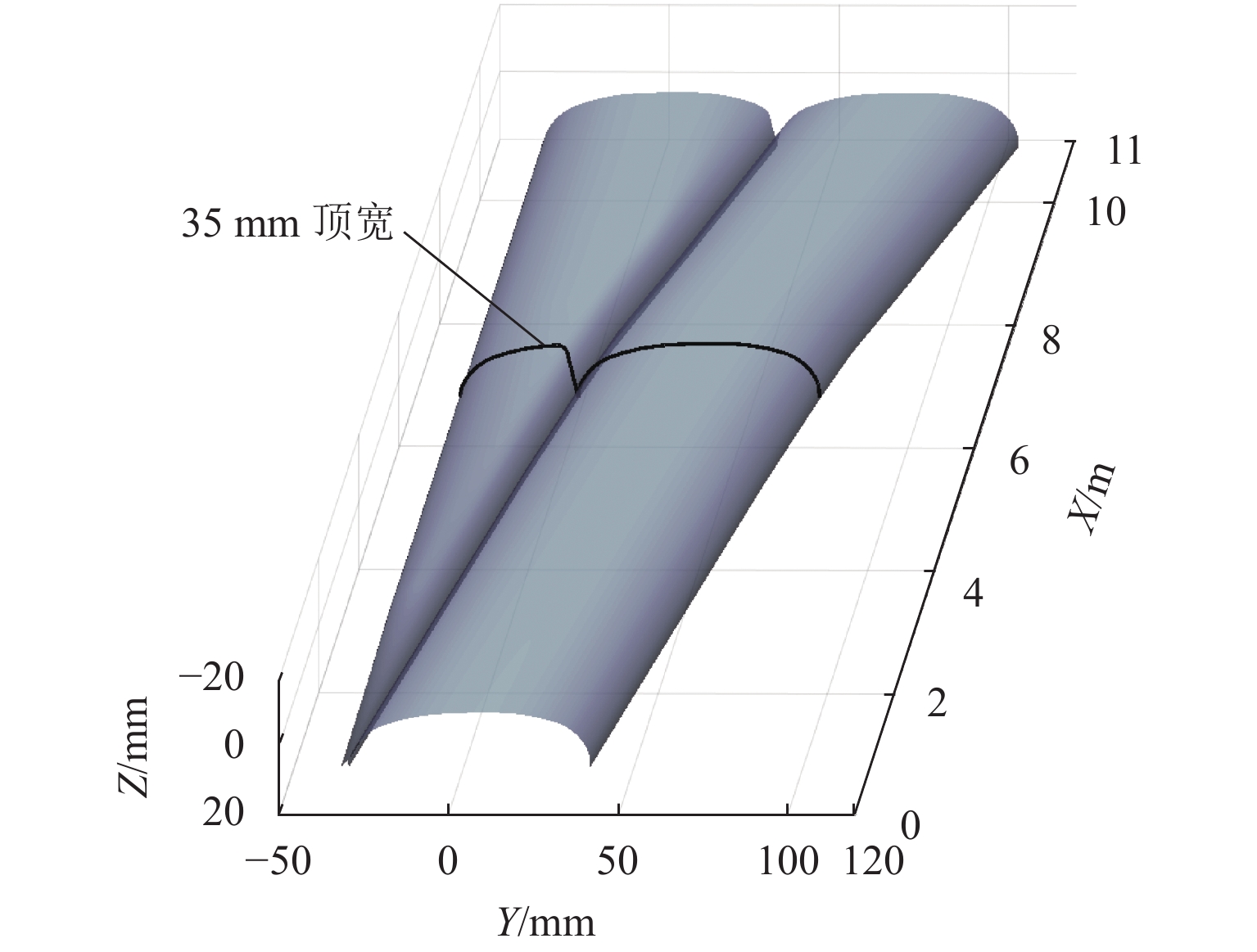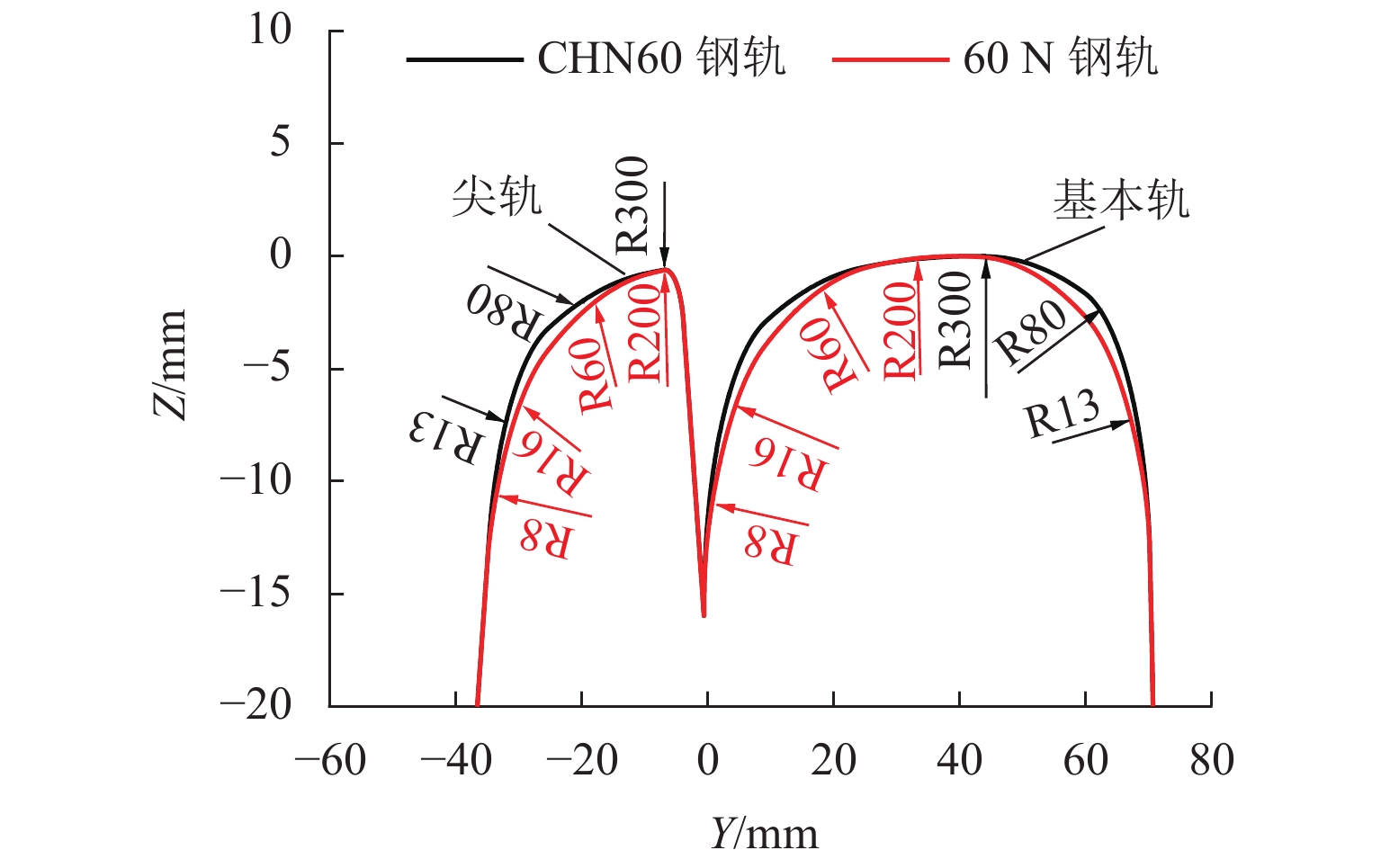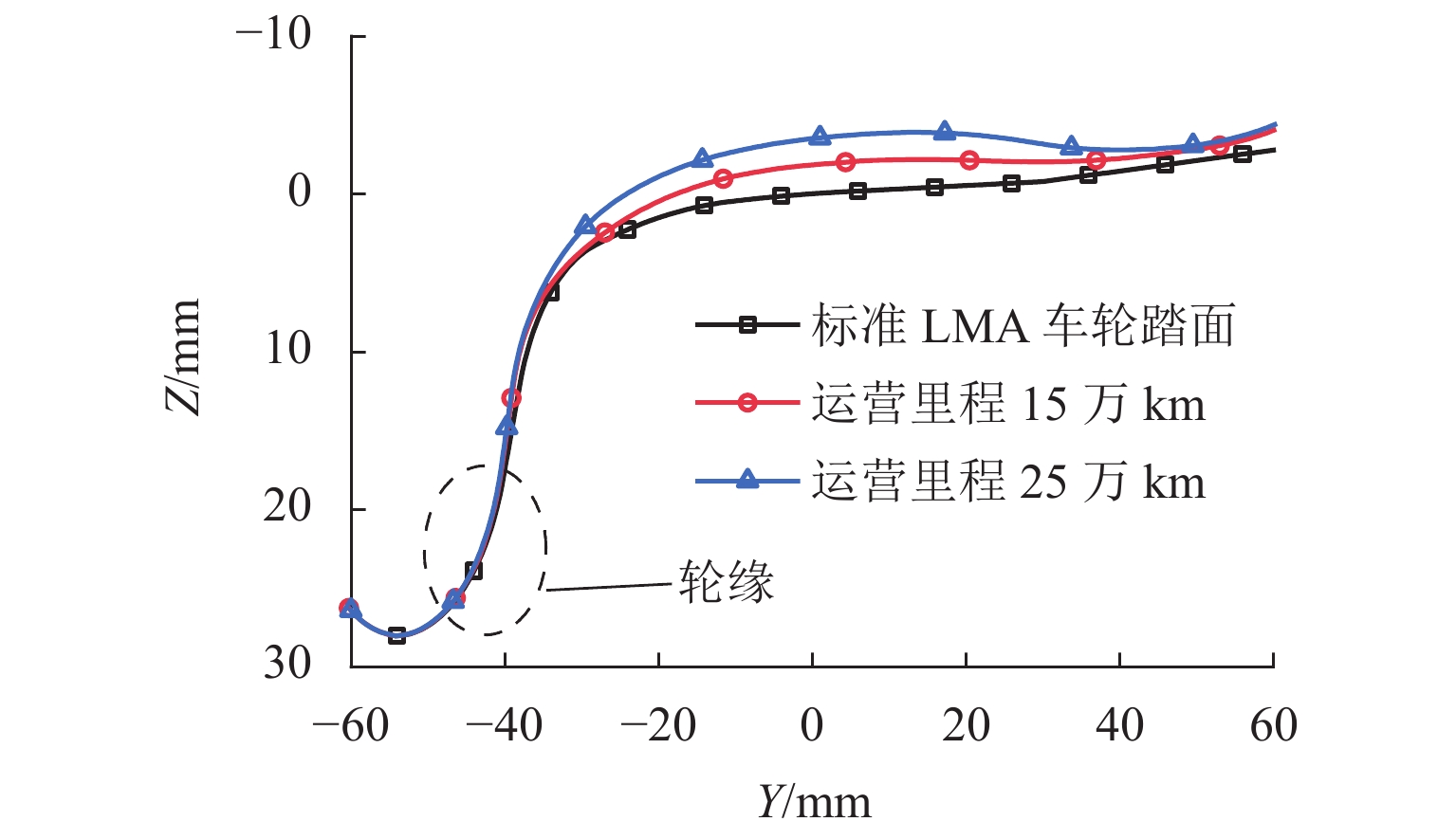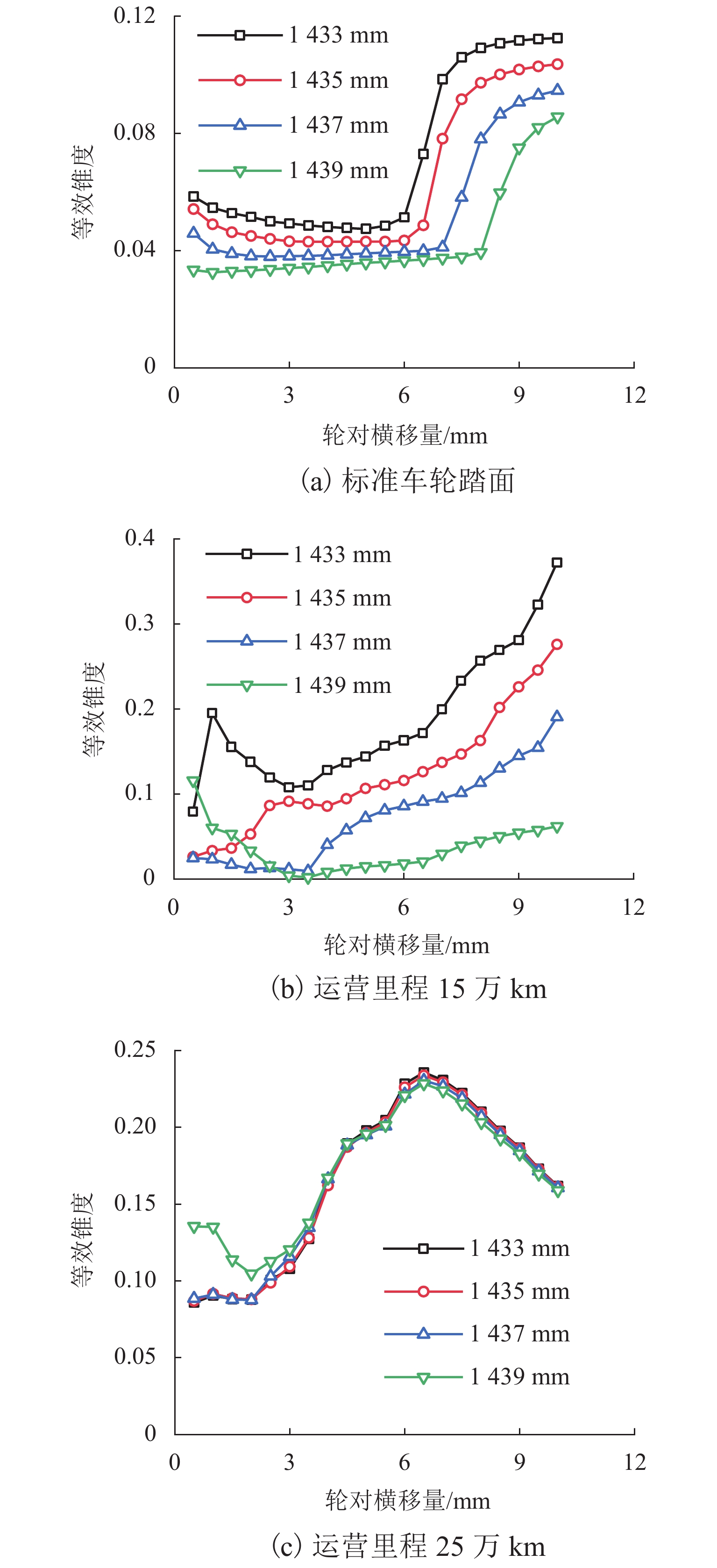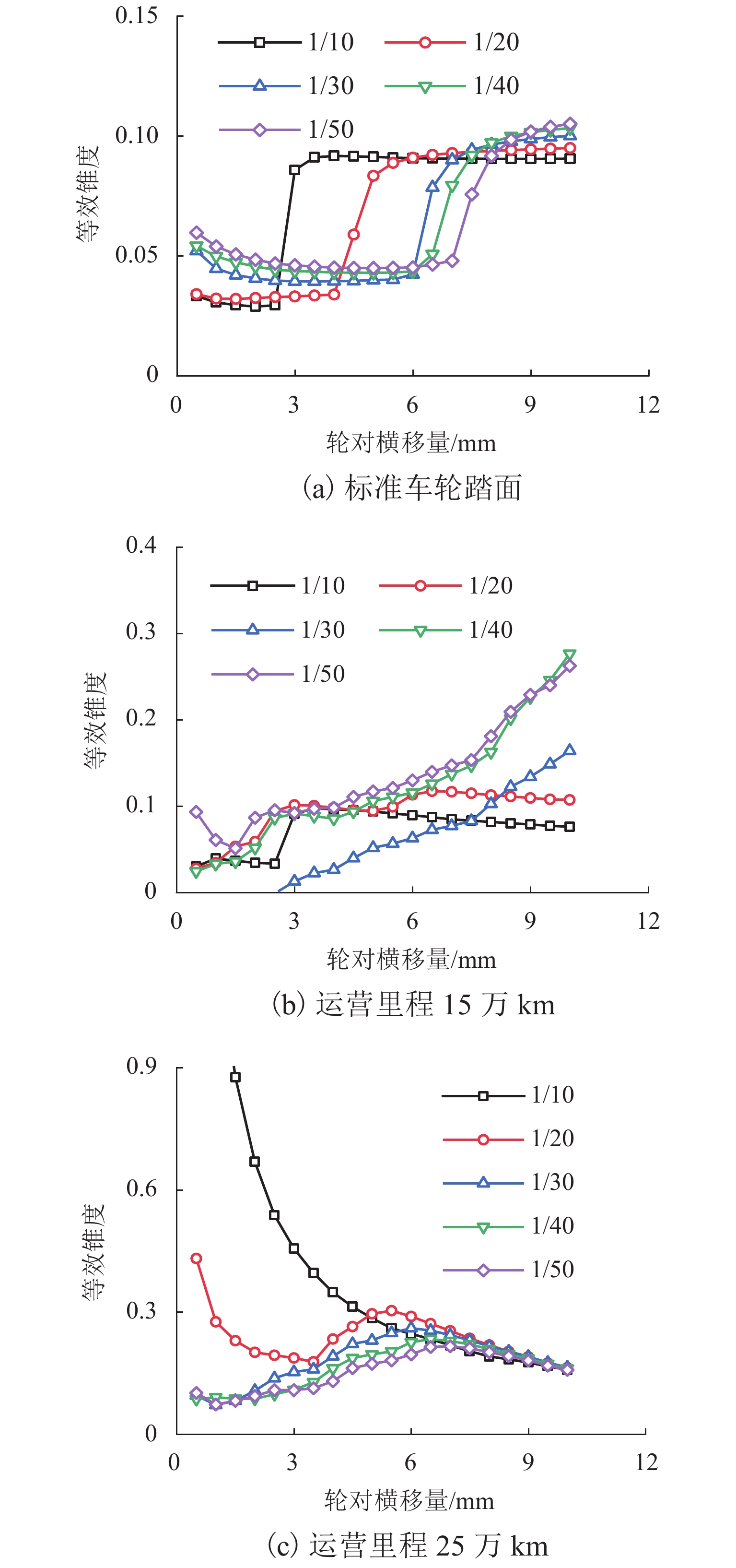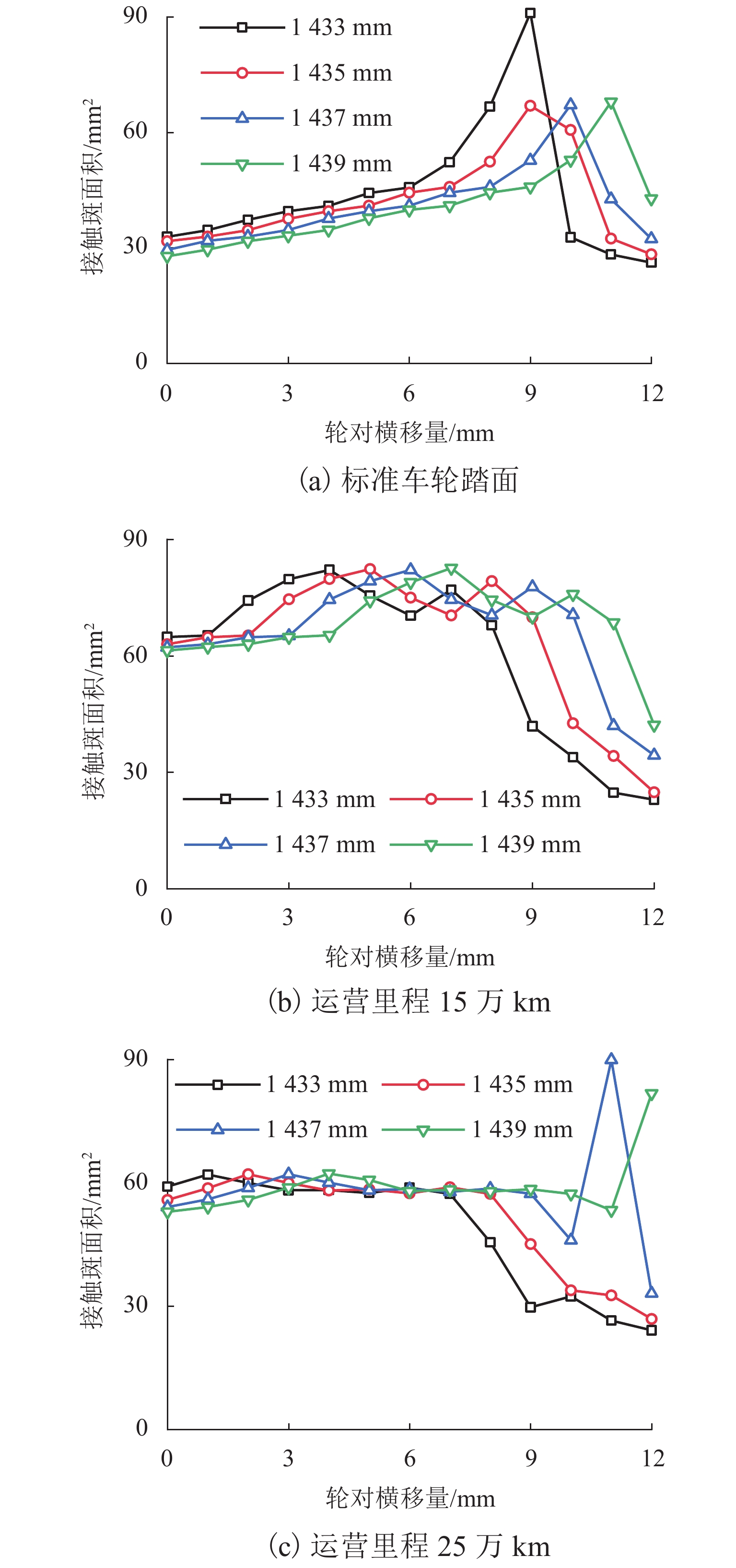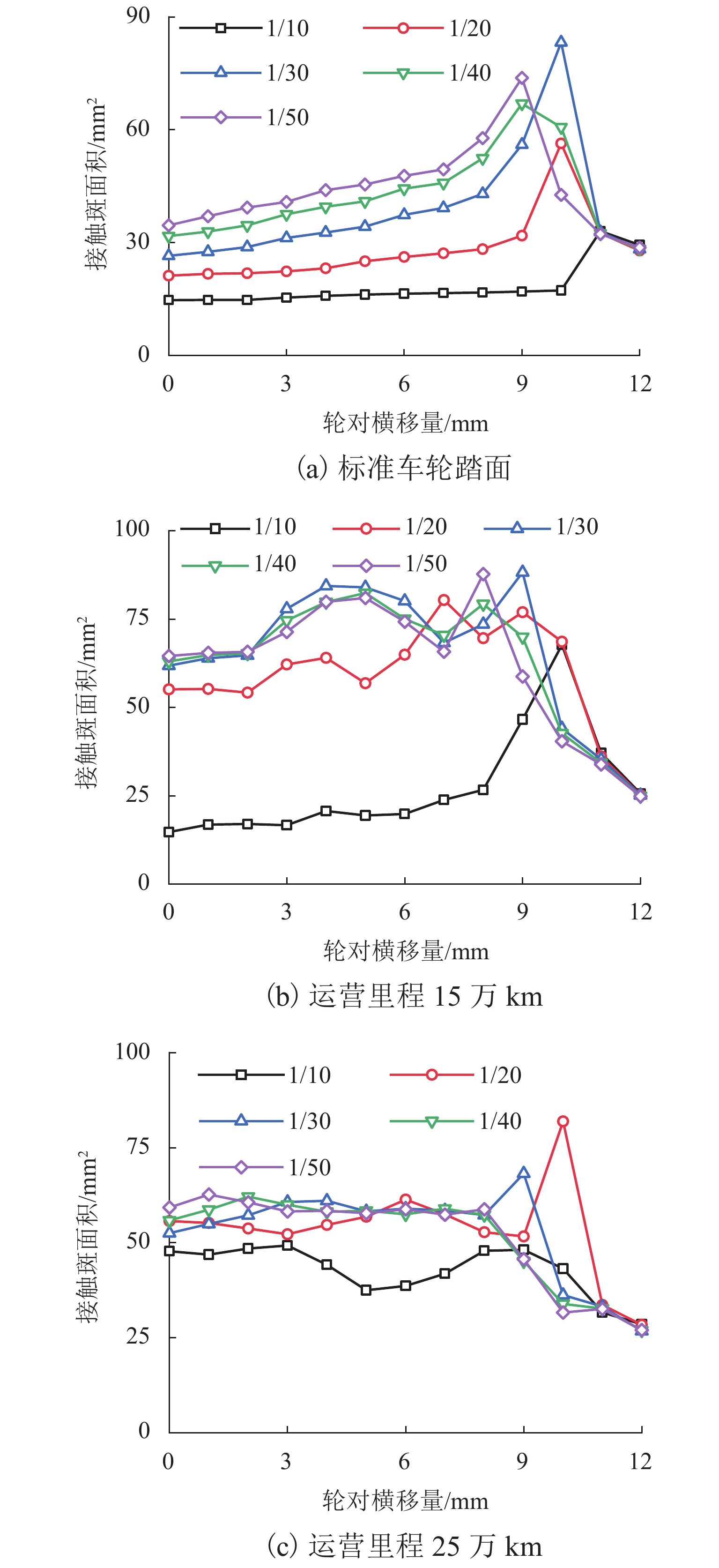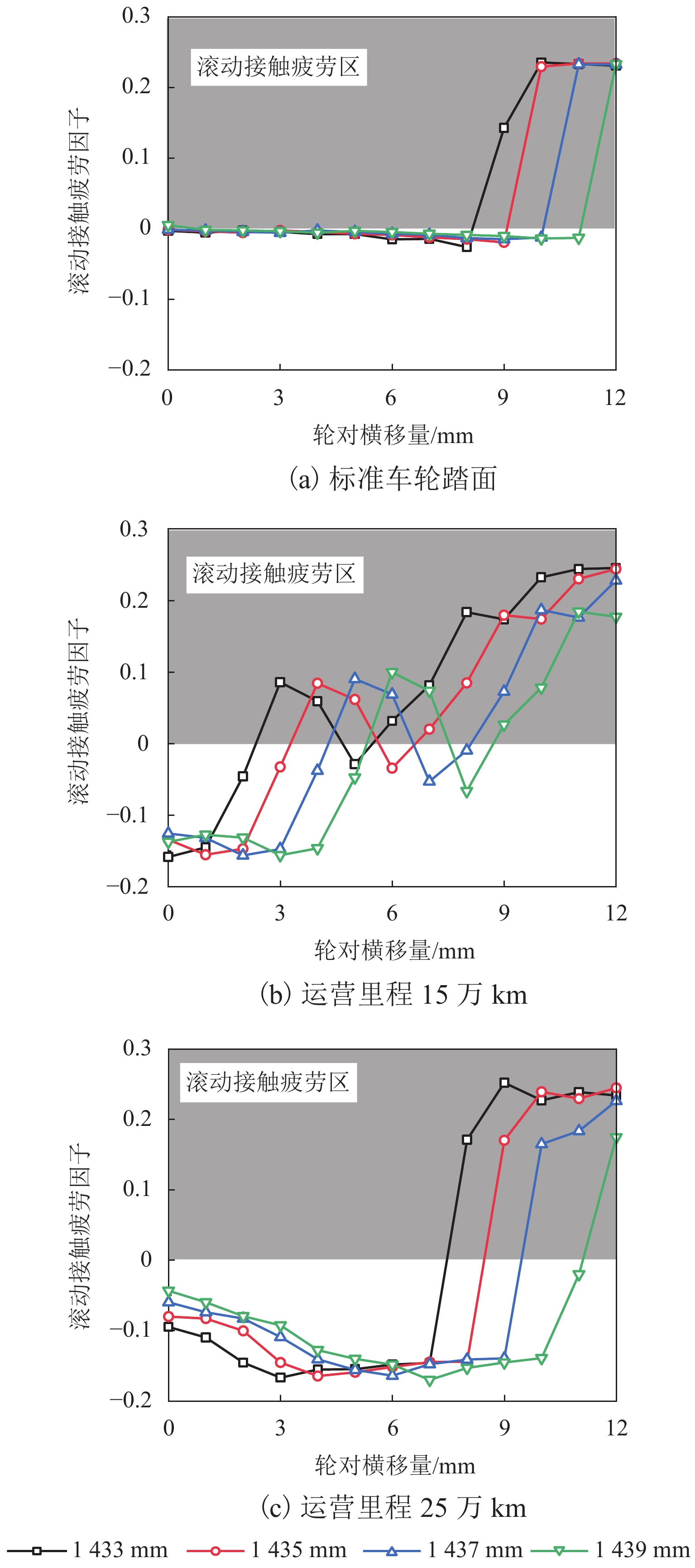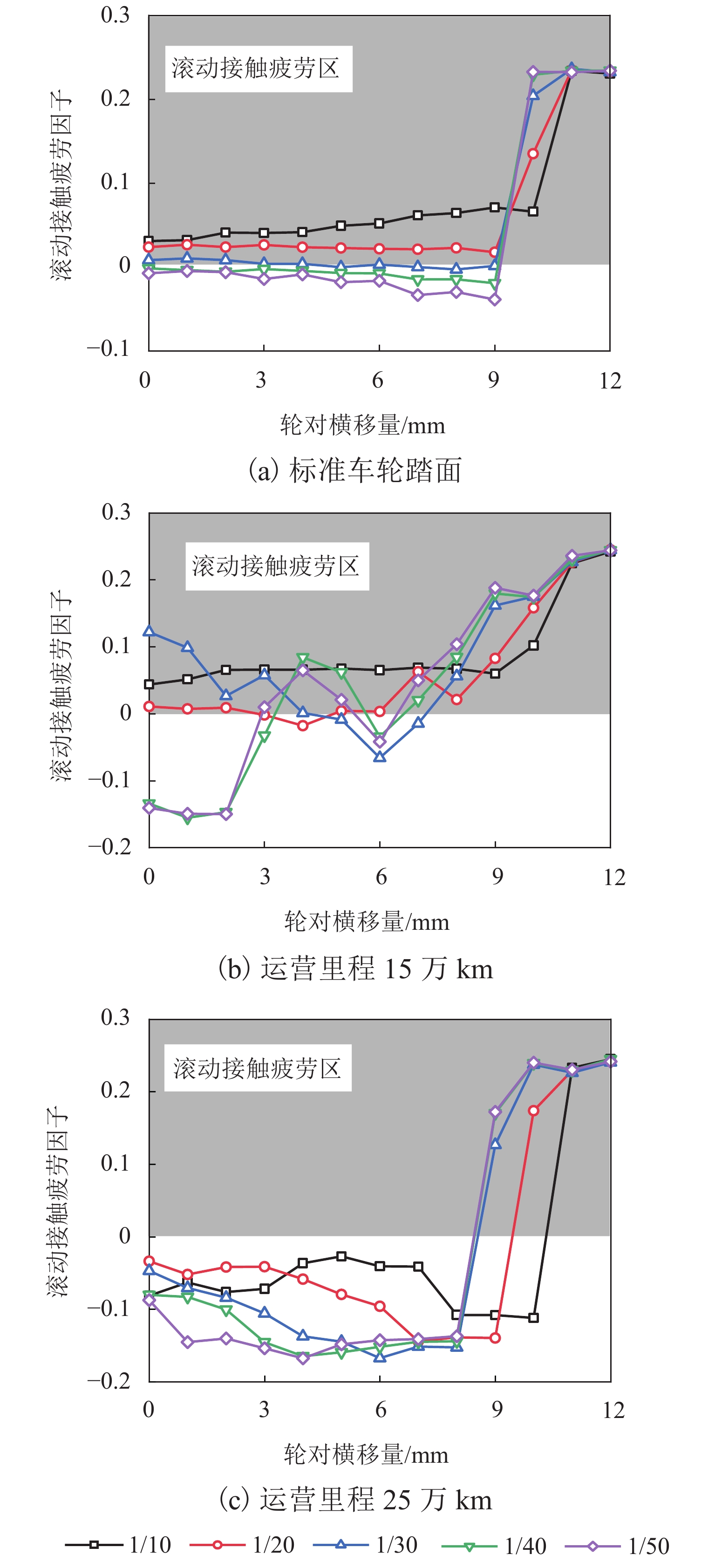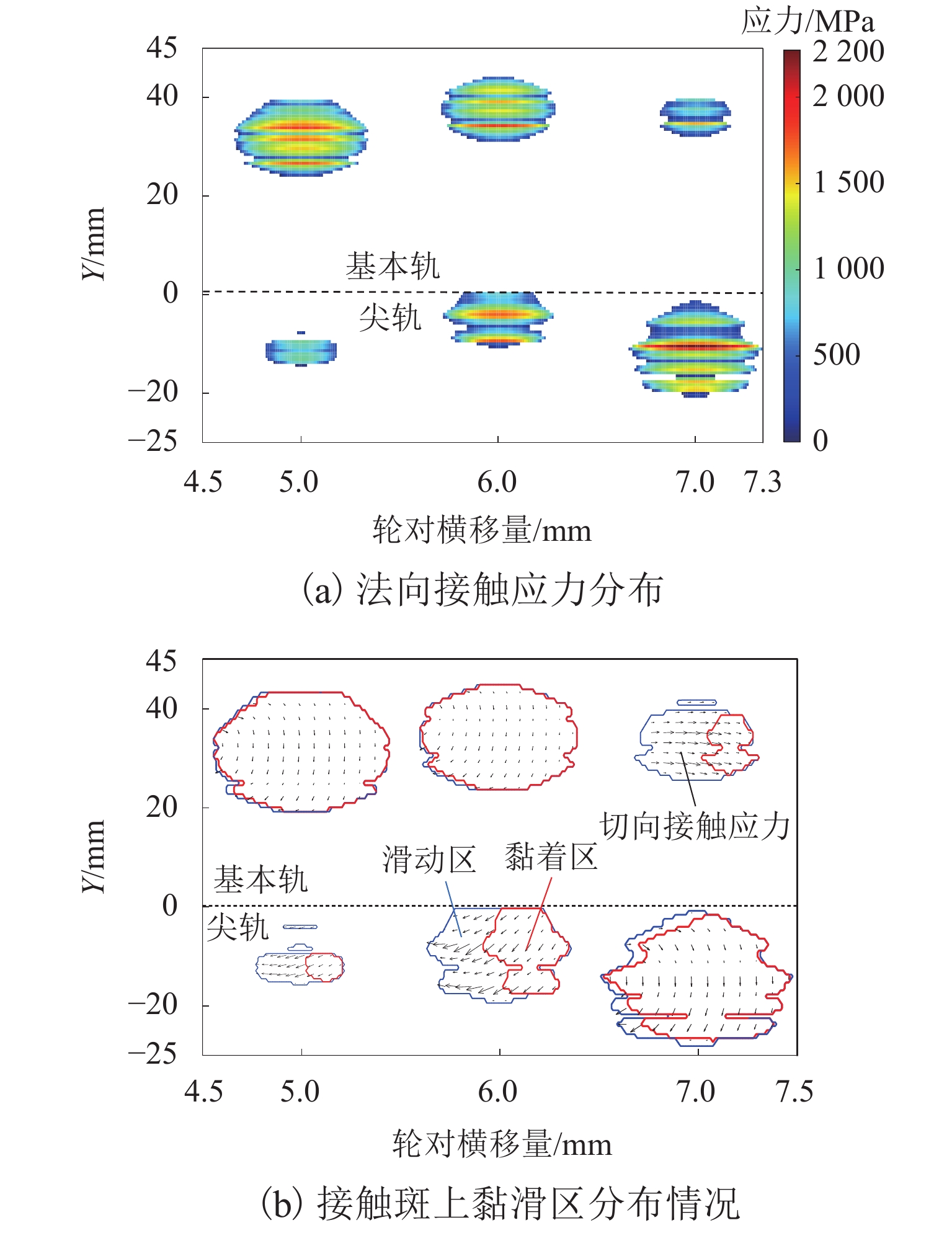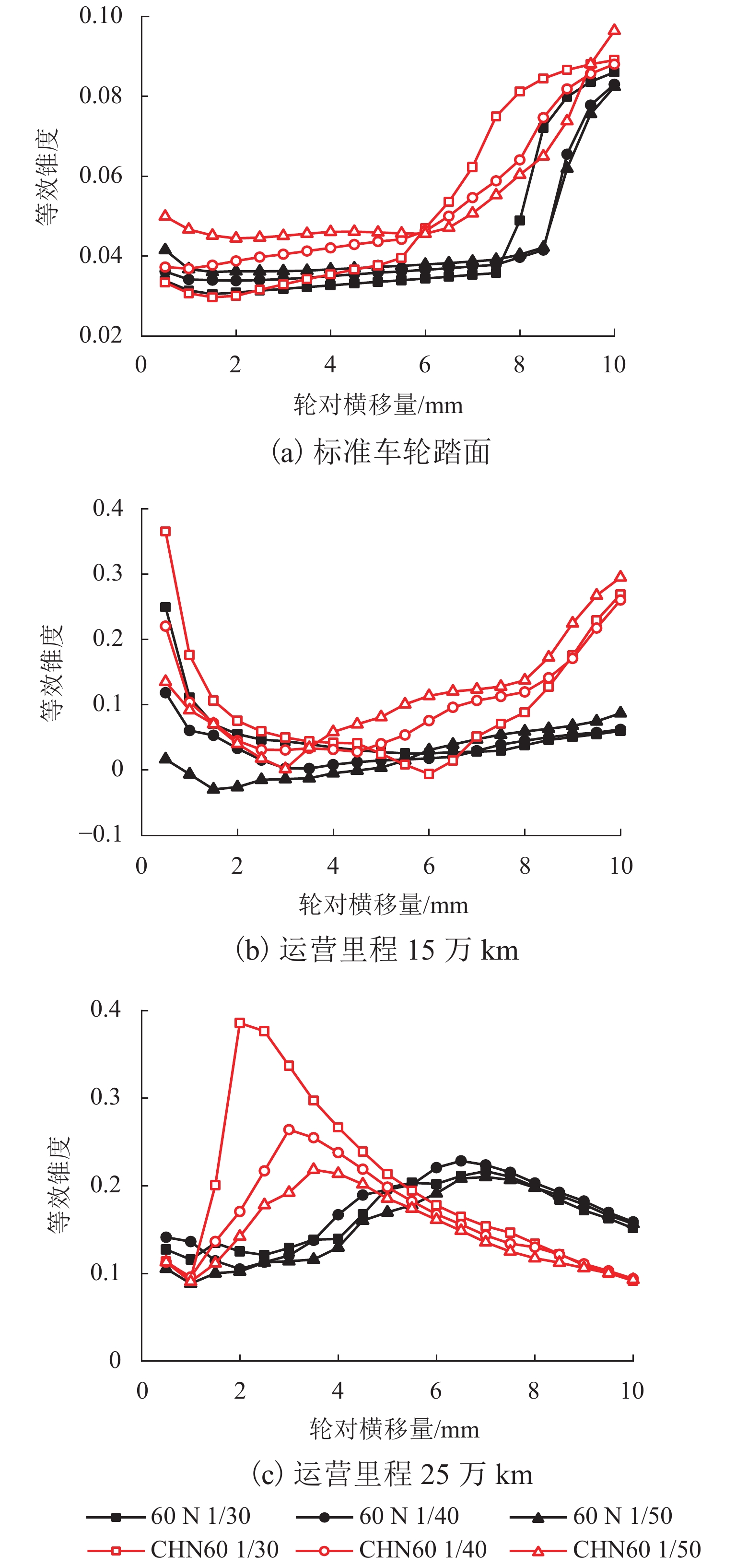Creep Characteristics of Frozen Sand-Concrete Interface Based on Ice Content
-
摘要:
保证高含冰量冻土区桩基础的长期稳定性是多年冻土区桥梁桩基础安全服役中的关键问题,为研究含冰量对冻土-混凝土接触面蠕变特性的影响,采用自行研制的大型蠕变剪切仪,在−2 ℃条件下开展含冰量为6%、12%、16%、23%、36%、60%、80%的冻结砂土与混凝土接触面蠕变试验. 试验结果表明:在恒定的剪应力作用下,除含冰量为6%试样出现加速蠕变外,其他试样仅出现衰减蠕变及稳定蠕变2个阶段;随含冰量的增大,试样黏性变形占比增大,含冰量为80%试样的黏性变形超过总变形量的80%;稳定蠕变速率受到干密度及含冰量的综合影响,含冰量为16%时稳定蠕变速率最小;Burgers黏弹性模型能较好地模拟高含冰量冻结砂土-混凝土接触面蠕变曲线;随着含冰量的增大,初始剪切模量和稳定蠕变阶段黏滞系数先增大后减小,初始蠕变阶段的渐进剪切模量呈幂函数减小,初始蠕变阶段黏滞系数呈幂函数增大.
Abstract:Ensuring the long-term stability of the pile foundation in ice-rich frozen soil areas is the key to the safe use of bridge pile foundations in permafrost areas. In order to analyze the influence of ice content on the creep characteristics of the frozen sand-concrete interface, the creep tests of the frozen sand-concrete interface with ice content of 6%, 12%, 16%, 23%, 36%, 60%, and 80% were carried out under −2 ℃ by using self-designed large-scale shear apparatus. According to the test results, except for the accelerated creep of the specimen with 6% ice content, other specimens only experience decay creep and stable creep stages under constant shear stress. With the increase in ice content, the proportion of viscous deformation in the specimen increases, and the viscous deformation in the specimen with 80% ice content exceeds 80% of the total deformation. The stable creep speed is affected comprehensively by the dry density and ice content and is the lowest when the ice content is 16%. Burgers viscoelastic model can simulate the creep curve of frozen sand-concrete interface with high ice content better. With the increase in ice content, the initial shear modulus and viscosity coefficient at the stable creep stage increase first and decrease then. The progressive shear modulus at the initial creep stage decreases exponentially, and the viscosity coefficient at the initial creep stage increases exponentially.
-
Key words:
- ice-rich frozen soil /
- frozen sand /
- interface /
- creep test /
- viscoelastic model
-
道岔是机车车辆从一股轨道转入或越过另一股轨道的线路设备,是铁路轨道的重要组成部分,也是线路上的薄弱环节[1]. 轨距和轨底坡是高速道岔重要的设计技术条件,其参数的设置直接影响行车安全和行车品质. 60N钢轨在区间线路上的使用取得了成功,为提升列车过岔的平稳性和轮轨接触力学特性,在高速道岔区同样需要应用60N钢轨. 列车运行过程中,车轮始终处于动态磨损状态,对轮轨接触行为影响较大.
致谢:京沪高速铁路股份有限公司科技研究项目(京沪科研-2020-11).
针对线路上的轨距和轨底坡参数,国内外学者做了大量的研究. 杜星等[2]建立了LMD车轮和CHN60钢轨匹配的动力学模型,分析同一轨道在不同轨底坡条件下的动力学行为发现,轨底坡变化对列车直线运行时的平稳性、舒适性影响很大. 钱瑶等[3]对比分析了不同轨底坡下60N钢轨和高速车轮LMA、XP55、S1002G匹配时的轮轨接触行为,匹配较优的轨底坡是1/20和1/30. 陈嵘等[4-5]研究了我国地铁线路常用的LM型面与CHN60钢轨在不同轨距和非对称轨底坡下的轮轨接触特性,发现增大轨距和改变轨底坡可改善轮轨匹配关系. Cui等[6]提出一种优化轮轨廓形的“正向求解法”,车辆动力学行为结果表明,轨底坡1/30、轨距1435 mm是优化后廓形的最优轨道参数. Sánchez等[7]开发了一个严谨的测量轨距和轨底坡的程序确保测量过程的准确性. 李超等[8]分析了转辙器区采用动态轨距加宽技术的轮轨接触作用,该技术可减轻尖轨磨耗和滚动接触疲劳. Ye等[9]通过建立多体动力学模型,分析轨道参数对车轮磨耗的影响,发现轨道参数对车轮磨耗和脱轨安全性有较大影响. 闫正等[10]分析了高速动车组车轮踏面和高速60N钢轨道岔断面的静态接触特性,发现适当地增大轨距和轨底坡有利于改善轮轨接触状态. 上述研究表明,改变轨距和轨底坡参数对轮轨接触行为影响较大,且现行的1/40轨底坡和1435 mm轨距往往不是最优的轨道参数,而国内的研究主要集中在区间线路或是针对CHN60钢轨道岔,因此,有必要对新型350 km/h 60N钢轨18号高速道岔的合理轨距和轨底坡展开研究.
本文根据实测LMA磨耗车轮型面和60N钢轨高速道岔关键断面,基于迹线法原理和三维非赫兹滚动接触理论,建立道岔区轮轨滚动接触模型,计算不同轨距和轨底坡下的接触几何参数和静力学指标,并与CHN60钢轨高速道岔进行对比.
1. 道岔关键断面和磨耗车轮
1.1 60N钢轨关键断面
利用CAD导出各关键断面离散数据,将尖轨和基本轨分开,并线性插值,得到如图1所示60N钢轨18号高速道岔转辙器区钢轨模型,X为沿钢轨的纵向里程坐标,Y为钢轨横坐标,Z为钢轨竖向坐标,尖轨顶宽35 mm钢轨断面位于轮载过渡段,其接触行为较为复杂,轮轨相互作用剧烈,对研究道岔区的轮轨接触行为具有代表性,因此,本文选取尖轨顶宽35 mm关键断面进行计算. 60N与CHN60钢轨高速道岔在尖轨顶宽35 mm处钢轨廓形见图2.
1.2 LMA磨耗车轮
跟踪记录某线路上运行的CRH2型动车组上LMA车轮型面演变[11],从标准LMA磨耗车轮到运营里程15万km,再到25万km,磨耗量增大较为明显,本文取这三种磨耗车轮进行分析. 车轮凹型磨耗对轮对接触具有较大影响[12],随着列车运营里程的增加,凹型磨耗车轮的磨耗量大致呈线性增大,如图3所示. 对磨耗车轮廓形通过三次样条函数进行插值、拟合.
2. 计算原理
2.1 轮轨接触几何计算原理
利用二维迹线法原理,不考虑车轮摇头角,由最小距离法搜索轮轨接触点. 接触点位置的求解有两个等价几何条件:1) 轮轨接触点处轮轨垂直距离为0,非接触点轮轨垂直距离大于0;2) 轮轨接触点处轮轨的轮廓线具有相同的斜率. 本文采用条件1求解轮轨接触点,再用条件2对结果加以验证.
2.2 UIC 519标准计算等效锥度
EN 15302标准[13]中,等效锥度的计算采用轮对周期运动的假设,这个方法称之为UIC 519标准[14]等效锥度. 自由轮对在轨道上的运动用微分方程表示为
¨y+v2er0Δr=0, (1) 式中:
y 为轮对在钢轨上的横向位移;v 为车辆前进速度;e 为接触点跨距;r0 为名义滚动圆半径;Δr 为右侧和左侧车轮滚动半径差.最后应用Klingel公式计算等效锥度
γe :γe=2er0(π λ)2 (2) 式中:
λ 为轮对在钢轨上做正弦运动的波长,其求解见文献[14].2.3 轮轨滚动接触力学原理
本文在接触力学部分采用Kalker的三维非赫兹滚动接触理论及其数值程序CONTACT,这是目前为止最为完善的滚动接触理论[15]. 该理论将轮轨接触问题转化为数学规划问题,利用Bossinesq-Cerruti公式可得轮轨滚动接触离散模型为:
{minCpJj=12pIiAIiJjpJj+[(g0J−q)pJz+(WJτ−uJτ)pJτ]A0,pJz⩾0,|pJτ|⩽bJ, ∀x∈Ac, (3) 式中:
C 为接触问题的余能;I、J 为接触斑上离散单元的编号;i、j、z 为X、Y、Z 坐标轴的方向;τ 为切向,对应XOY 平面;pIi 为单元I 沿方向i 的接触应力;pJj、pJz、pJτ 分别为单元J上沿Y轴、Z轴及方向τ 的接触应力;AIiJj 为影响函数,表示单元J方向j上单位力引起的单元I方向i上位移;g0J 为单元J中心处轮轨变形前接触面间的法向间隙;q为渗透量;WJτ 为单元J中心处从前时刻t′ 到当前时刻t总的刚性滑动量;uJτ 为轮轨滚动接触过程中时刻t时单元J中心处的弹性位移差;A0 为单元J的面积;bJ 为是单元J中心处Coulomb极限摩擦力;x为轮轨在X轴上坐标;Ac 为接触斑内坐标集合;车轮和尖轨的接触为异型接触,容易产生接触疲劳现象. 本文采用基于安定图模型的表面滚动接触疲劳因子预测不同工况下的轮轨表面滚动接触疲劳伤损. 轮轨接触斑中任一点的轮轨表面滚动接触疲劳系数
fI(•) 定义为{fI(x,y)=ft−kpz(x,y),ft=√(px(x,y))2+(py(x,y))2pz(x,y), (4) 式中:
ft 为牵引系数;y、z 分别为接触斑在Y、Z 轴上坐标值;px(•) 、py(•) 、pz(•) 分别为轮轨纵向、横向和法向接触应力;k 为材料自身的剪切屈服强度,取350 MPa.式(4)是根据赫兹接触理论得到,对于非赫兹接触问题,依据条带法,认为条带中间位置符合赫兹假设条件,从而将式(4)的应用扩展至非赫兹接触的范围,求得接触斑内任一单元的轮轨表面滚动接触疲劳系数,轮轨表面滚动接触疲劳因子定义为接触斑内滚动接触疲劳系数的最大值.
3. 计算结果与分析
3.1 轮轨接触点
轮轨几何接触是解释轮轨接触关系的基础[4]. 利用迹线法原理计算轮轨接触点,计算参数有:轮背距1353 mm,名义滚动圆半径460 mm,轮背到名义滚动圆处水平距离为70 mm,以Y轴正向为正,轮对横移量取−12 ~ 12 mm,横移量步长取0.5 mm. 以往研究表明,加宽轨距和改变轨底坡往往能够改善轮轨匹配关系[3-5],因此,对轨距1433、1435、1437、1439 mm,轨底坡1/10、1/20、1/30、1/40、1/50进行计算分析.
不同轨距和轨底坡参数下的接触点分布如图4和图5所示. 由图4可见:随着轨距的变化,轮轨接触点分布存在明显的差异;随着轨距的增加,轮轨接触点更多地分布在尖轨顶部,不易发生轮缘接触;随着轨距的增大,轮轨接触点由基本轨转移到尖轨所需要的横移量增大,也即轮载过渡延后,有利于减小尖轨受力,但会增大轮载过渡时轮轨接触点的跳跃,横向不平顺增大;在相同轨距下,随着车轮的磨耗,轮轨接触点更多地分布在基本轨,轮载过渡位置延后,横向不平顺增大.
由图5可见:不同轨底坡条件下,轮轨接触点的分布存在较大差异. 当轨底坡为1/10、1/20时,发生轮缘接触需要的轮对横移量最大,但和其余轨底坡相差较小;当轨底坡为1/10、1/20时,轮载过渡延后,横向不平顺增大;不同轨底坡下,发生轮载过渡时所需要的横移量最大为1/10,其次为1/20和1/30,最后为1/40和1/50.
3.2 等效锥度
等效锥度作为轮轨接触线性化指标,被广泛用于表征轮轨接触几何特征. 计算等效锥度的方法有简化法、谐波法和UIC 519法,UIC 519法采用轮对周期运动的假设,计算更准确[16],本文通过UIC 519标准[14]计算等效锥度.
在不同轨距下,磨耗车轮和60N关键断面匹配时的等效锥度见图6. 增大轨距有利于减小车轮踏面的等效锥度,从而提升列车过岔的平稳性;当轨距为1439 mm时,等效锥度基本上小于0.05,横移量相同条件下,其等效锥度是轨距1435 mm时的20%左右,极大减小了车轮等效锥度,提升了列车过岔平稳性;轨距变化对运营里程为25万km车轮的等效锥度影响较小.
图7为不同轨底坡和不同磨耗车轮条件下的等效锥度. 对于标准车轮和运营里程25万km车轮,1/30、1/40、1/50轨底坡条件下的等效锥度相差较小;当轨底坡为1/10、1/20,在横移量小于6 mm时,和轨底坡为1/30、1/40、1/50相比,等效锥度普遍较大,车辆过岔平稳性较差,横移量大于8 mm时,结果相反;在车轮运营里程为15万km时,1/30轨底坡条件下的等效锥度较小,列车过岔平稳性较好.
3.3 接触斑面积
相同法向轮轨力作用下,轮轨接触斑面积越大,其接触应力越小. 轮轨接触应力是影响轮轨磨耗和接触疲劳的重要因素. 利用非赫兹接触理论,计算轮轨接触斑面积和滚动接触疲劳因子,分析轨道参数取值对轮轨静力学接触行为的影响. 不同轨道参数工况下的参数取值:轴重14 t,单侧车轮轮心施加一半轴重,剪切模量82 GPa,泊松比0.28,摩擦系数0.3,划分网格单元0.2 mm × 0.2 mm,轮对横移量取0 ~ 12 mm. 选取右轮轨作为分析对象.
不同轨距和不同磨耗车轮条件下的接触斑面积如图8所示. 当横移量小于9 mm时,轨距和接触斑面积参数呈负相关,而当轮对横移量大于9 mm时,轨距和接触斑面积参数大致呈正相关;轮对横移量小于8 mm时,不同轨距条件下的轮轨接触斑面积相差较小,但当轮对横移量大于8 mm时,轨距越大,轮轨接触斑面积普遍越大;在轮对横移量大于8 mm时,轨距加宽有利于增大轮轨接触斑面积,减小轮轨接触应力.
不同轨底坡和不同磨耗车轮条件下的接触斑面积如图9所示. 1/10轨底坡下的轮轨接触斑面积普遍较小,且随车轮磨耗量的增大,其接触斑面积远小于其余轨底坡条件下的,说明1/10轨底坡下的轮轨接触力学性能较差,且会随着车轮磨耗变得更差. 由标准轮轨条件下,轨底坡和接触斑面积大致呈负相关. 随车轮磨耗量增大,1/30 ~ 1/50轨底坡的接触斑面积相差较小.
3.4 滚动接触疲劳因子
利用式(4)计算轮轨滚动接触疲劳因子,分析轮轨在不同轨道参数下的接触疲劳现象. 不同轨道参数下的表面滚动接触疲劳因子分布如图10、11所示. 由图10可知:在轮对横移量小于7 mm时,不同轨距下的表面滚动接触疲劳因子相差较小,在横移量大于 7 mm时,增大轨距可延缓轮轨表面进入滚动接触疲劳区;车轮运营里程达到15万km,在横移量为3 ~ 7 mm时,易发生轮轨间的两点接触,导致轮轨表面材料易进入疲劳区,从而产生疲劳破坏;增大轨距有利于减少轮轨材料出现接触疲劳现象,延长轮轨服役寿命.
由图11可知:标准轮轨条件下,轨底坡和滚动接触疲劳因子大致呈正相关;车轮磨耗导致轮轨滚动接触疲劳因子减小,原因是轮轨过渡位置延后,有利于减少尖轨磨耗,在横移量大于8 mm时,1/10和1/20轨底坡能延缓轮轨材料进入滚动接触疲劳区,但在横移量较小时,其滚动接触疲劳因子明显较大;1/10和1/20轨底坡下的轮轨滚动接触疲劳因子普遍较大,易引起轮轨材料进入滚动接触疲劳区,降低轮轨材料的使用寿命,轨底坡为1/30、1/40、1/50时,滚动接触疲劳因子相差较小.
随着车轮磨耗加深,道岔区的轮轨接触行为变得更为复杂. 运营里程15万km车轮和60N钢轨高速道岔在轨距1439 mm条件下发生轮轨两点接触时的接触斑分布如图12所示,接触斑中箭头指向表示切向应力合力的方向,箭头长短代表合力大小,滑动区轮轨表面间发生了相对滑移,黏着区轮轨间存在滑动趋势,但没有相对滑移. 由图12(a)可见,轨距1439 mm,轮对横移量5 ~ 7 mm时,发生了轮载过渡行为,随着横移量的增大,轮载更多由尖轨承载. 由图12(b)可见:在轮对横移量5 ~ 6 mm时,尖轨上存在较大的滑动区,在轮对横移量7 mm时,基本轨上存在较大的滑动区,两点接触导致了较大滑动区的存在,易导致车轮在钢轨上空转,引起道岔钢轨的磨损,从而缩短道岔区钢轨服役寿命. 需要指出的是,法向接触应力较小时同样可能存在较大滑动区,如图12中轮对横移量为5、7 mm时所示.
3.5 60N和CHN60钢轨高速道岔轮轨接触几何对比
为对比60N和CHN60钢轨高速道岔的轮轨接触几何行为,在轨距1439 mm和轨底坡1/30、1/40、1/50条件下,计算60N、CHN60钢轨高速道岔35 mm顶宽关键断面与三种磨耗车轮的等效锥度,如图13.
由图13可知:相同轨底坡和轮对横移量条件下,相比于CHN60钢轨,60N钢轨高速道岔区的等效锥度更小,列车过岔平稳性更优;车轮运营里程达到25万km时,当车轮横移量小于5 mm时,60N钢轨高速道岔区等效锥度普遍更小,具有较好的过岔平稳性,车轮横移量大于5 mm时,60N钢轨高速道岔区等效锥度普遍更大,轮对的对中性能更好;随车轮磨耗量增加,等效锥度整体呈增加趋势.
4. 结 论
1) 轨距对轮轨接触行为影响较大. 轨距加宽有利于减少轮缘接触,较大程度减小等效锥度,提升列车过岔的平稳性;轨距加宽可减小轮对横移量大于8 mm时的轮轨接触应力和表面滚动接触疲劳因子,减少轮轨材料发生接触疲劳,延长尖轨使用寿命. 轮对横移量小于8 mm时,轨距加宽对运营里程25万km车轮的接触性能影响较小.
2) 轨底坡对轮轨接触行为影响较大. 标准轮轨条件下,轨底坡和接触斑面积大致呈负相关,与滚动接触疲劳因子大致呈正相关. 轨底坡为1/10和1/20时,轮载过渡位置延后,横向不平顺增大,车轮横移量小于6 mm时,等效锥度普遍较大;1/10和1/20轨底坡下的接触斑面积普遍较小,轮轨滚动接触疲劳因子普遍较大,较易引起轮轨材料进入滚动接触疲劳区,降低轮轨材料的使用寿命,且1/10轨底坡对车轮磨耗的适应性较差. 轨底坡为1/30、1/40、1/50时,轮轨接触参数相差较小,匹配性能较优.
3) 和CHN60钢轨高速道岔相比,60N钢轨的等效锥度普遍更小,列车过岔平稳性更优;车轮运营里程为25万km时,当轮对横移量小于5 mm时,60N钢轨的等效锥度普遍更小,当轮对横移量大于5 mm时,结果相反.
4) 车轮磨耗易引起道岔区轮轨间的两点接触,在较小轮轨法向接触应力下,接触斑上也易出现较大滑动区,导致车轮空转,引起钢轨伤损. 随车轮磨耗量增加,轮轨间等效锥度整体呈增加趋势.
致谢:京沪高速铁路股份有限公司科技研究项目(京沪科研-2020-11)的支持.
-
表 1 混凝土配合比
Table 1. Concrete mix proportion
kg/m3 名称 水泥 砂 碎石 水 外加剂 配合比 477 650 1107 176 5.72 表 2 蠕变试验条件
Table 2. Creep test conditions
试验温度/℃ 土样含
冰量/%质量比(干砂∶冰∶水) 干密度/
(g·cm−3)法向应力/kPa 剪切应力/kPa −2 6 100∶0∶6 1.82 150 110.4 12 100∶0∶12 1.87 16 100∶6∶10 1.75 23 100∶13∶10 1.61 36 100∶26∶10 1.47 60 100∶50∶10 1.25 80 100∶70∶10 1.05 -
[1] 程国栋. 青藏高原多年冻土区路基工程地质研究[J]. 第四纪研究,2003(2): 134-141.CHENG Guodong. Research on engineering geology of the roadbed in permafrost regions of Qinghai−Xizang Plateau[J]. Quaternary Sciences, 2003(2): 134-141. [2] 马小杰,张建明,常小晓,等. 高温-高含冰量冻土蠕变试验研究[J]. 岩土工程学报,2007,29(6): 848-852.MA Xiaojie, ZHANG Jianming, CHANG Xiaoxiao, et al. Experimental study on creep of warm and ice-rich frozen soil[J]. Chinese Journal of Geotechnical Engineering, 2007, 29(6): 848-852. [3] 曲广周,张建明,程东幸. 青藏高原冻结粉质黏土直剪蠕变特性试验研究[J]. 岩土力学,2011,32(1): 95-98. doi: 10.3969/j.issn.1000-7598.2011.01.015QU Guangzhou, ZHANG Jianming, CHENG Dongxing. Experimental study of direct shear Creep properties of frozen silty clay on Qinghai–Tibetan Plateau[J]. Rock and Soil Mechanics, 2011, 32(1): 95-98. doi: 10.3969/j.issn.1000-7598.2011.01.015 [4] 刘世伟,张建明,张虎,等. 青藏高原多年冻土长期蠕变变形试验研究[J]. 岩石力学与工程学报,2012,31(增1): 3245-3253.LIU Shiwei, ZHANG Jianming, ZHANG Hu, et al. Research on long-term creep test of permafrost on Qinghai–tibet plateau[J]. Chinese Journal of Rock Mechanics and Engineering, 2012, 31(S1): 3245-3253. [5] 张虎,张建明,苏凯,等. 冻土原位旁压蠕变试验粘弹性模型分析[J]. 土木建筑与环境工程,2013,35(6): 22-27,39.ZHANG Hu, ZHANG Jianming, SU Kai, et al. Viscoelastic model analysis of in-situ pressuremeter creep test in permafrost[J]. Journal of Civil, Architectural & Environmental Engineering, 2013, 35(6): 22-27,39. [6] 杨岁桥,王宁宁,张虎. 高温冻土的蠕变特性试验及蠕变模型研究[J]. 冰川冻土,2020,42(3): 834-842.YANG Suiqiao, WANG Ningning, ZHANG Hu. Study on creep test and creep model of warm frozen soil[J]. Journal of Glaciology and Geocryology, 2020, 42(3): 834-842. [7] ZHAO L Z, YANG P, ZHANG L C, et al. Cyclic direct shear behaviors of an artificial frozen soil-structure interface under constant normal stress and sub-zero temperature[J]. Cold Regions Science and Technology, 2017, 133: 70-81. doi: 10.1016/j.coldregions.2016.10.011 [8] ZHANG Q, ZHANG J M, WANG H L, et al. Mechanical behavior and constitutive relation of the interface between warm frozen silt and cemented soil[J]. Transportation Geotechnics, 2021, 30: 100624.1-100624.9. [9] HE P F, MU Y H, MA W, et al. Testing and modeling of frozen clay-concrete interface behavior based on large-scale shear tests[J]. Advances in Climate Change Research, 2021, 12(1): 83-94. doi: 10.1016/j.accre.2020.09.010 [10] HE P F, MU Y H, YANG Z H, et al. Freeze-thaw cycling impact on the shear behavior of frozen soil-concrete interface[J]. Cold Regions Science and Technology, 2020, 173: 103024.1-103024.11. [11] SUN T C, GAO X J, LIAO Y M, et al. Experimental study on adfreezing strength at the interface between silt and concrete[J]. Cold Regions Science and Technology, 2021, 190: 103346.1-103346.11. [12] 何菲. 冻结粉土-混凝土界面非线性剪切蠕变特性研究[D]. 兰州: 兰州交通大学, 2019. [13] 李君善. 冻结砂土与混凝土接触面的剪切蠕变特性试验研究[D]. 兰州: 兰州交通大学, 2021. [14] 中华人民共和国建设部. 岩土工程勘察规范: GB 50021—2001[S]. 北京: 中国建筑工业出版社, 2009. [15] 温智,俞祁浩,马巍,等. 青藏粉土-玻璃钢接触面力学特性直剪试验研究[J]. 岩土力学,2013,34(增2): 45-50.WEN Zhi, YU Qihao, MA Wei, et al. Direct shear tests for mechanical characteristics of interface between Qinghai−Tibetan silt and fiberglass reinforced plastics[J]. Rock and Soil Mechanics, 2013, 34(S2): 45-50. [16] (俄)C. C. 维亚洛夫. 冻土流变学[M]. 刘建坤, 刘尧均, 徐艳(译). 北京: 中国铁道出版社, 2005. [17] (俄罗斯)Л. Т. 罗曼. 冻土力学[M]. 张长庆, 张泽(译). 北京: 科学出版社, 2016. 期刊类型引用(2)
1. 陈永,常婷,张冰旺. 混沌映射与中国剩余定理增强的切换认证方案. 西安电子科技大学学报. 2024(04): 192-205 .  百度学术
百度学术2. 陈永,刘雯,詹芝贤. 基于混合密钥增强的LTE-R车地认证密钥协商方案. 铁道学报. 2023(06): 69-79 .  百度学术
百度学术其他类型引用(7)
-






 下载:
下载:


















































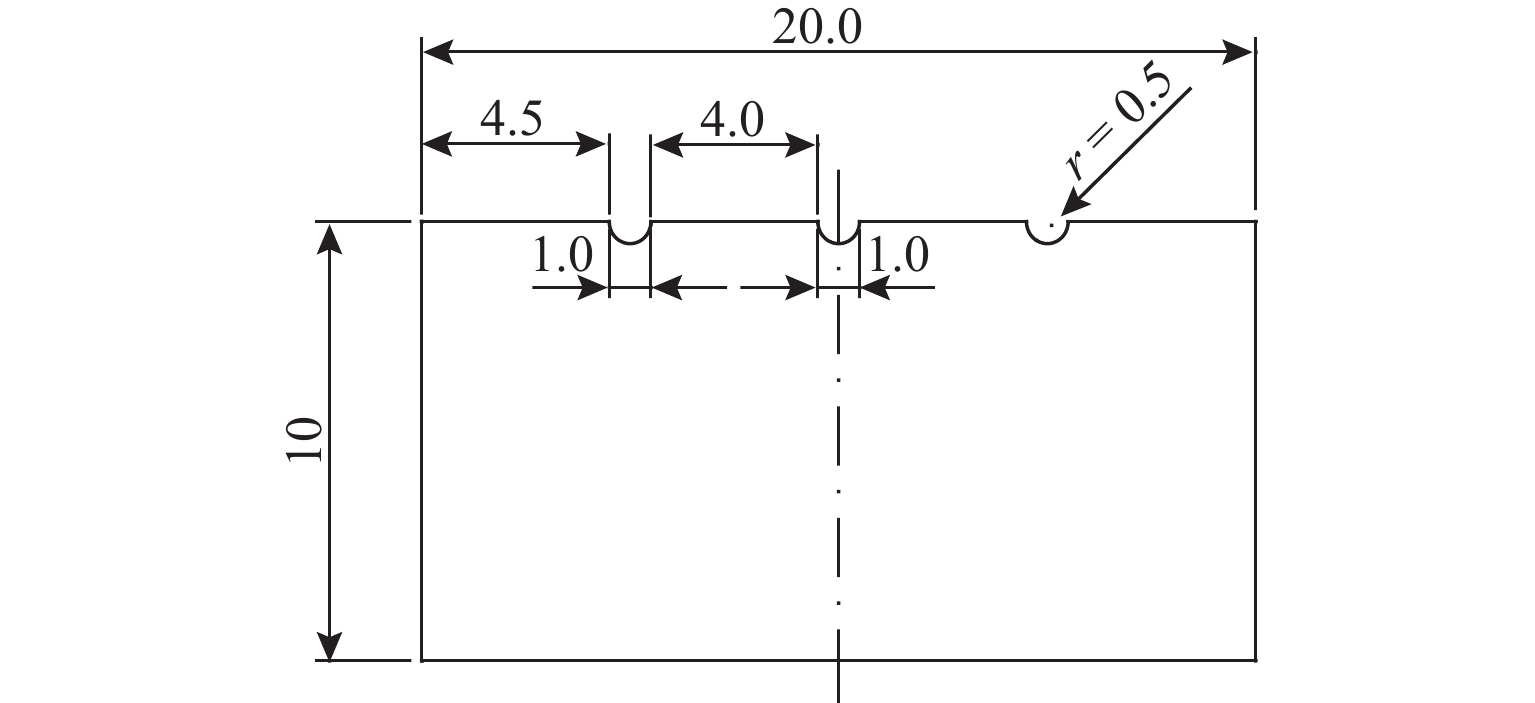
 下载:
下载:
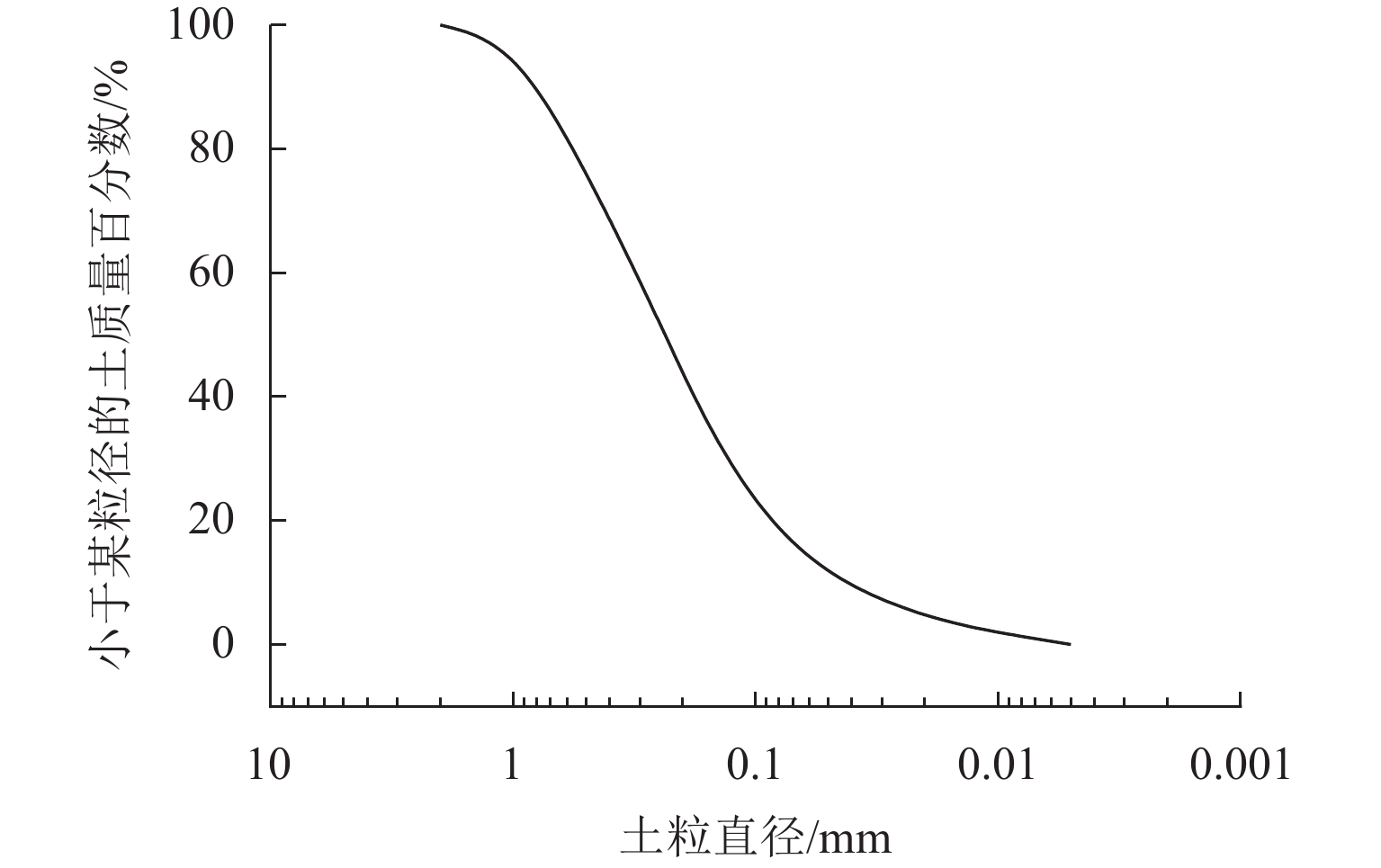
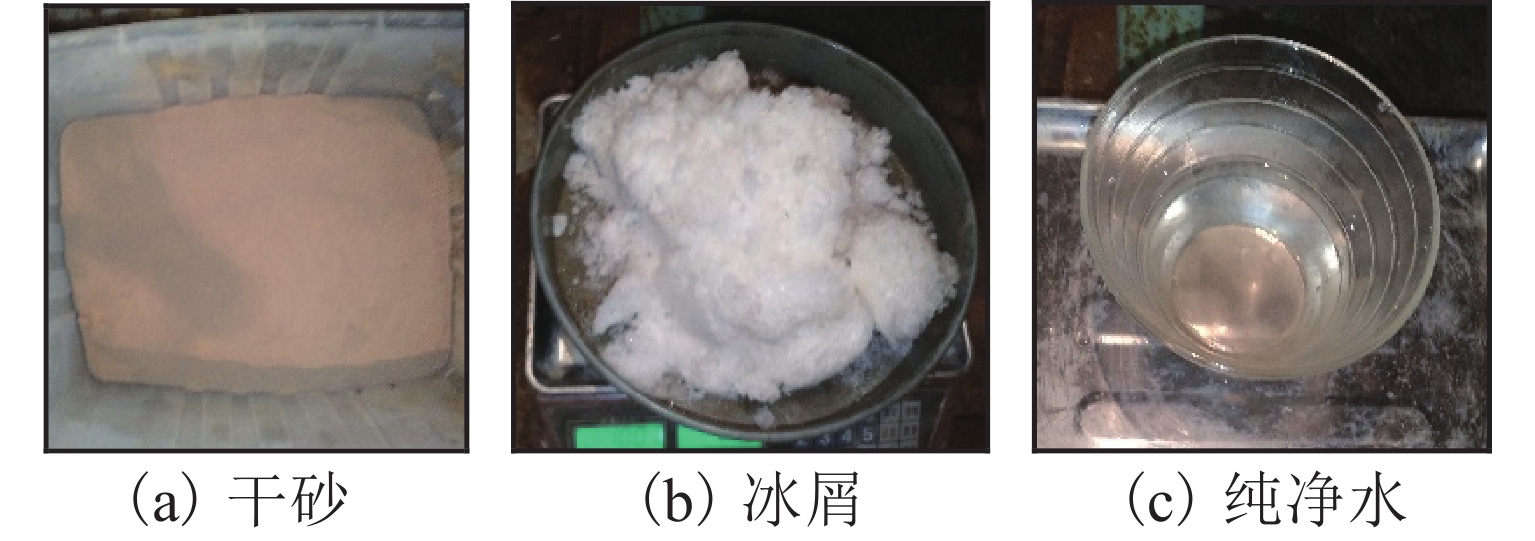

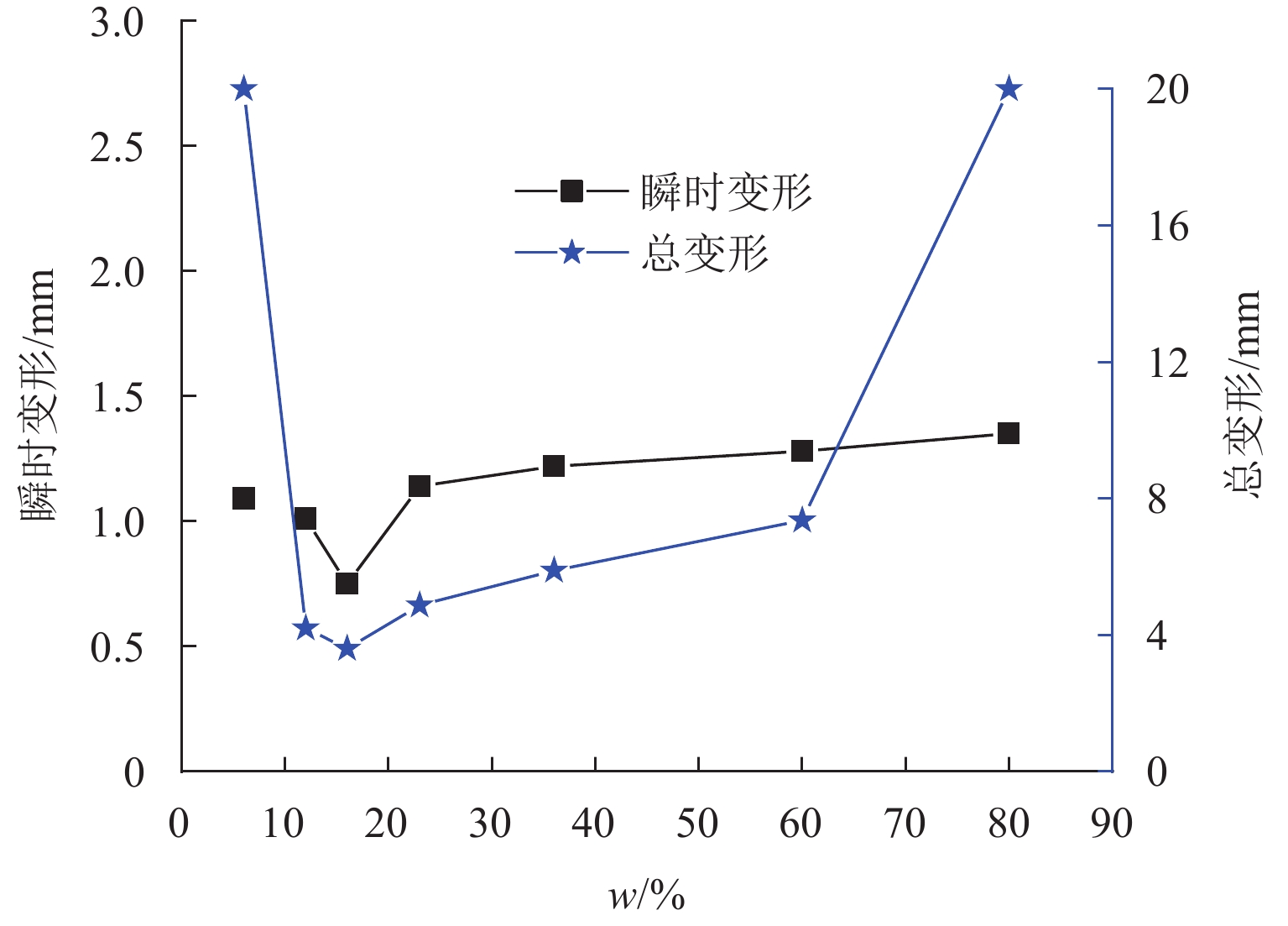
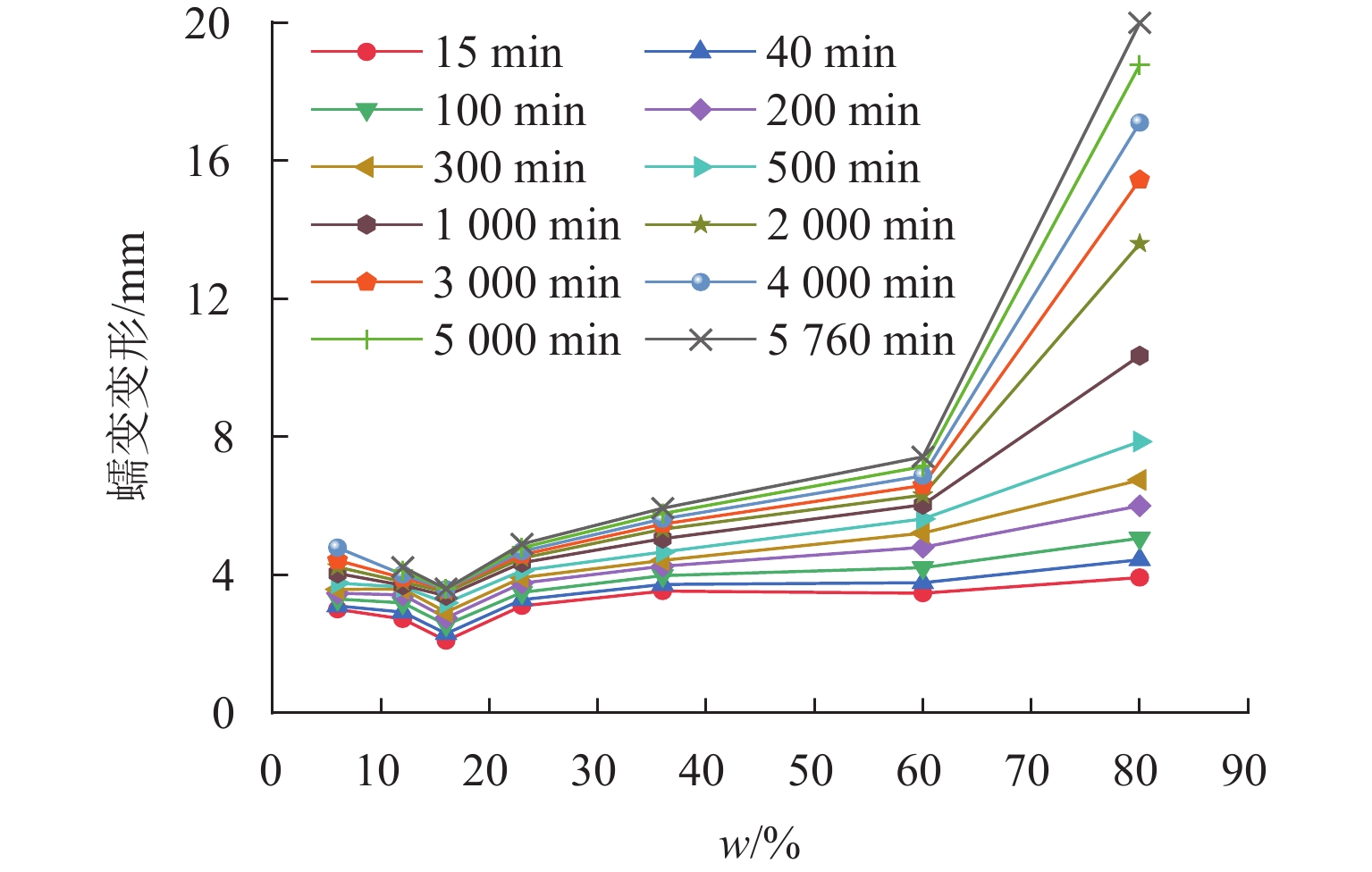
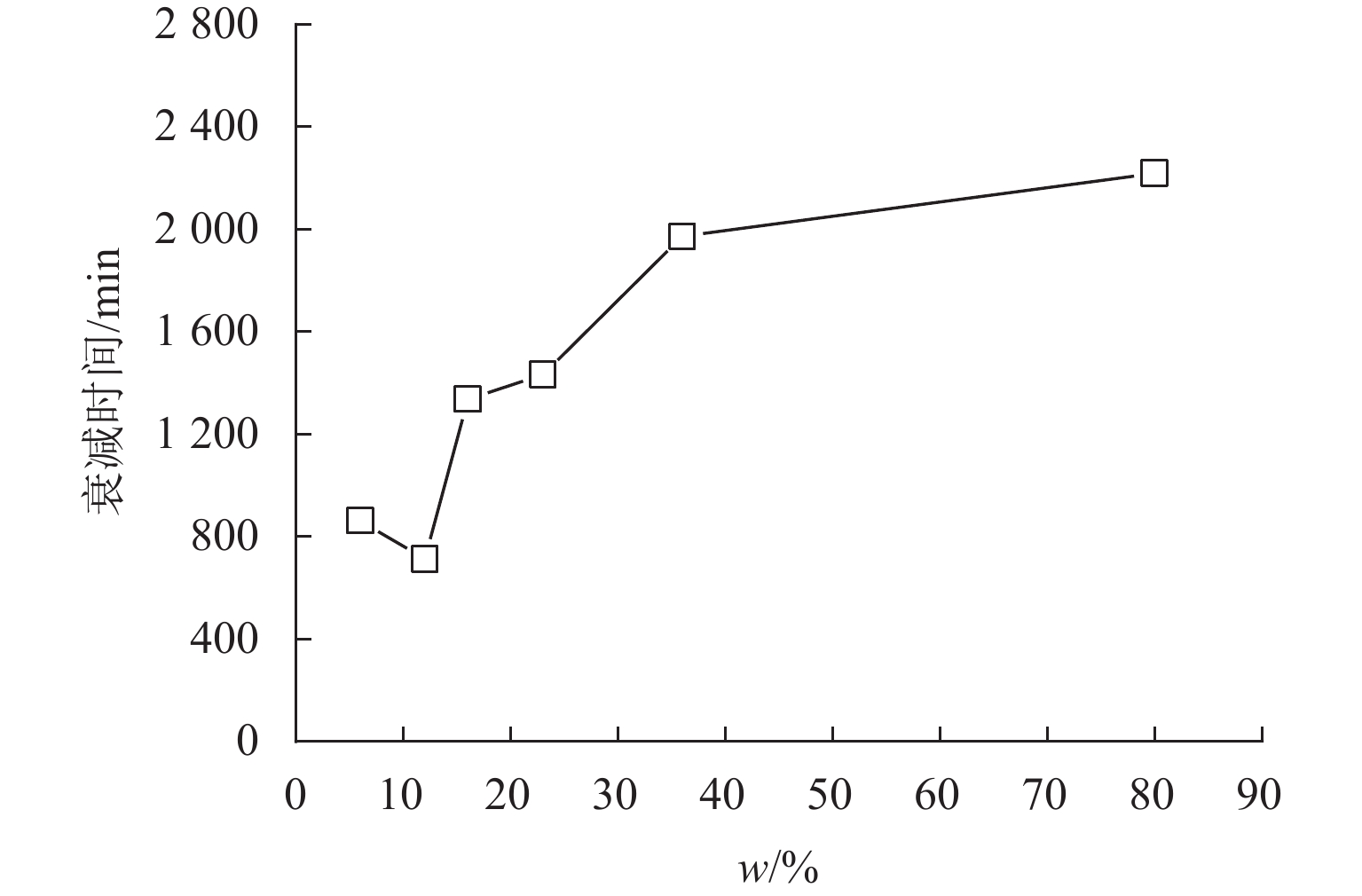

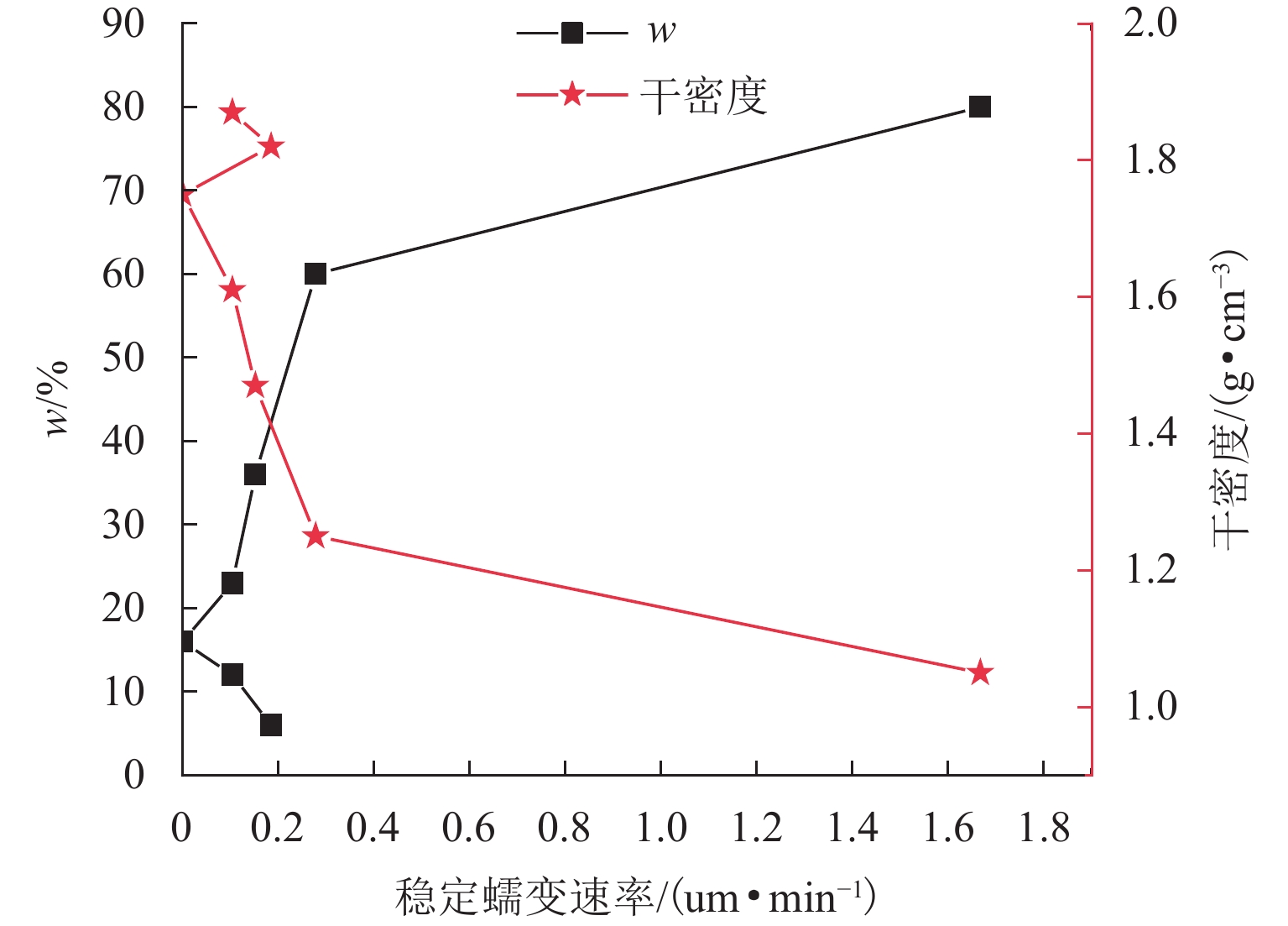

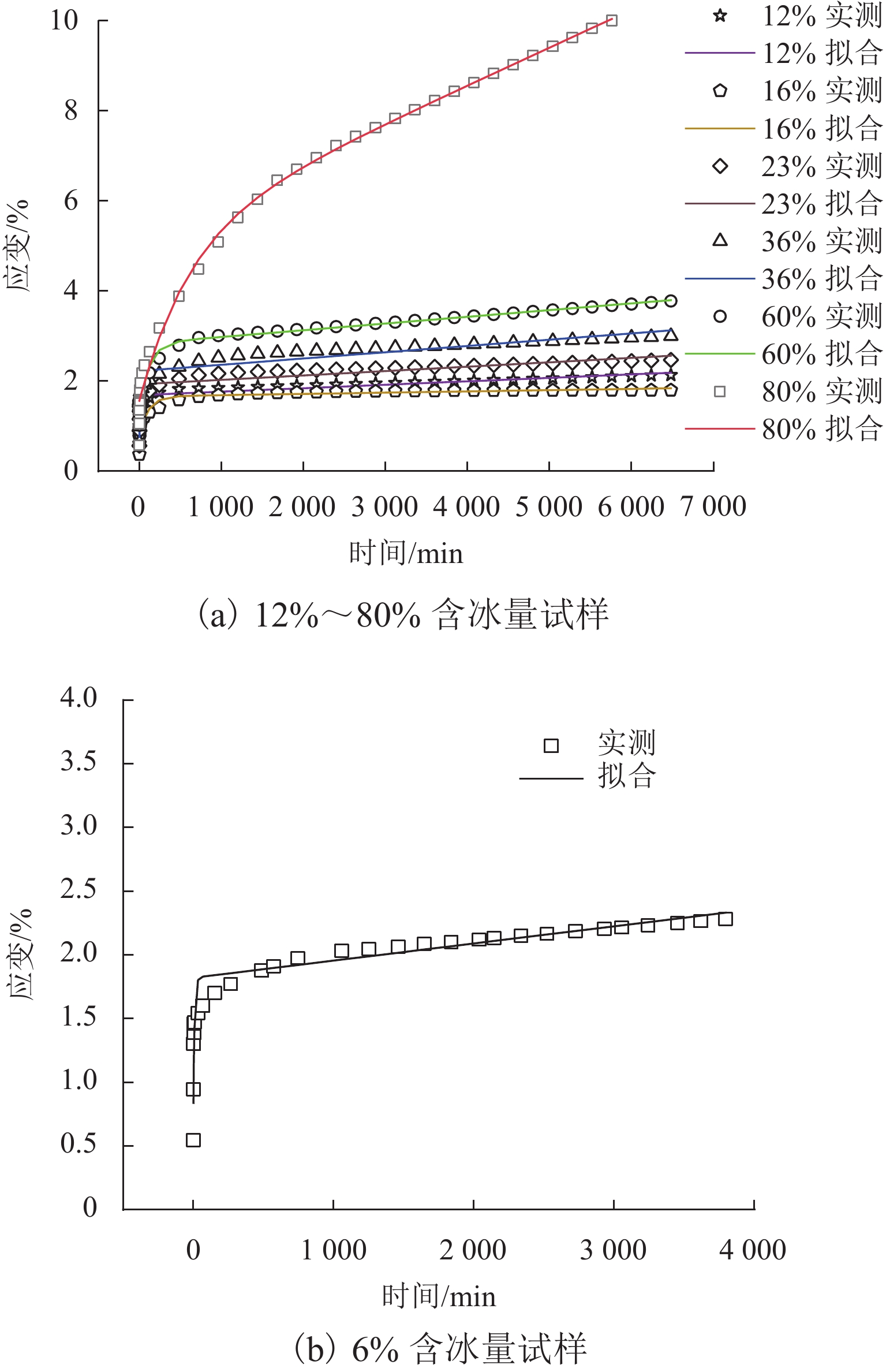
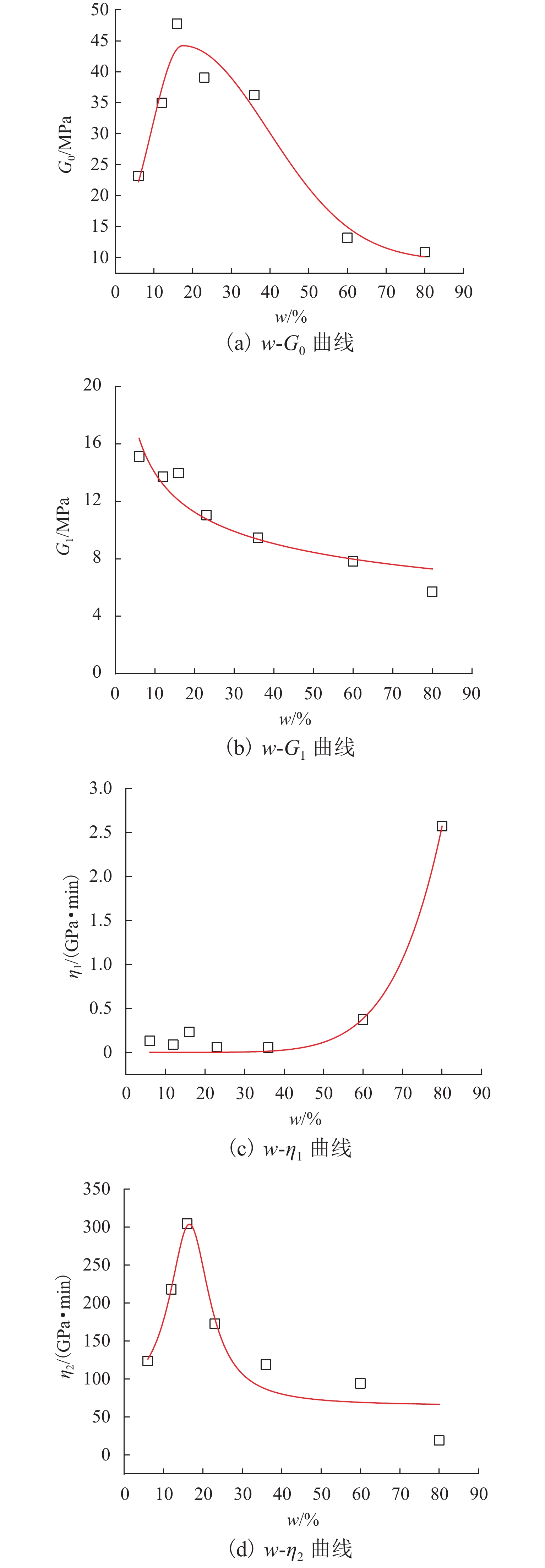
 百度学术
百度学术

